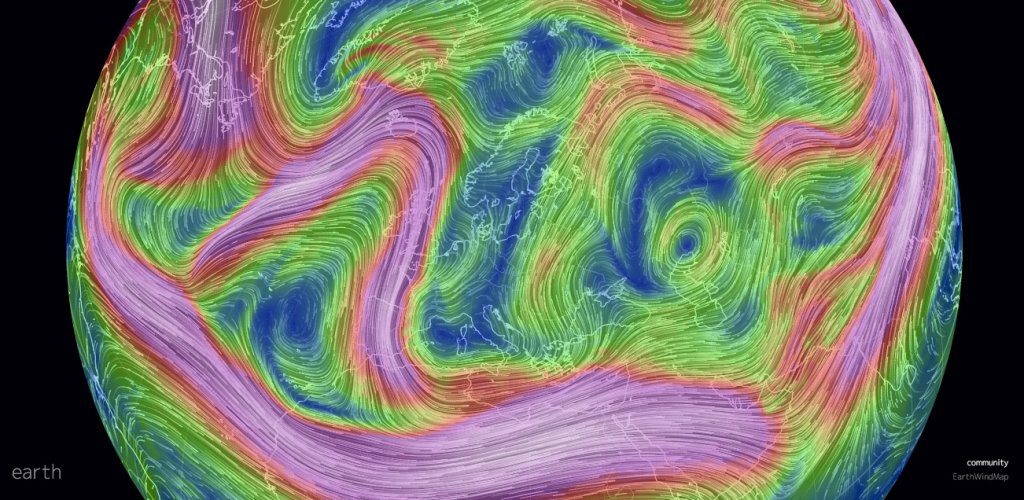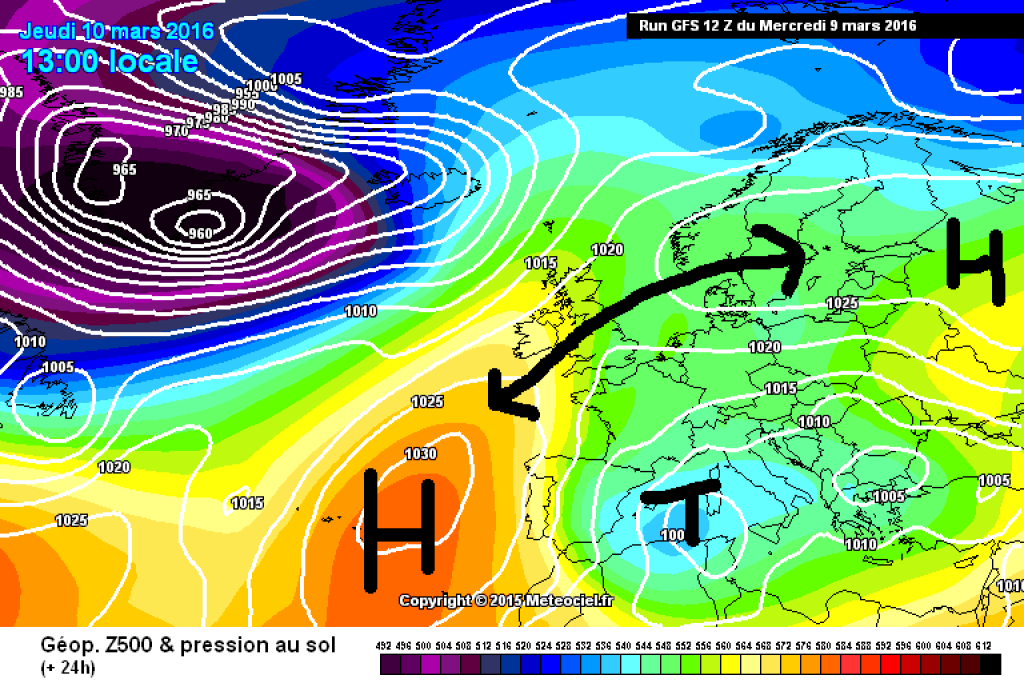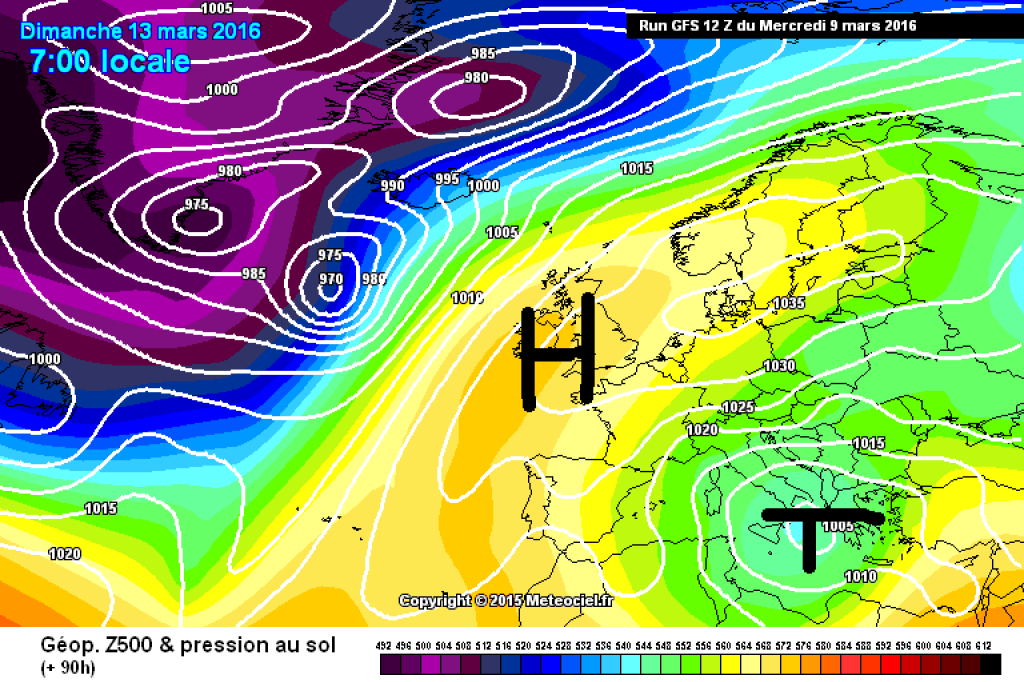On February 25, the wonderful website earth.nullschool showed strangely high levels of carbon monoxide over California. Earth is a nice program that animates weather data (primarily GFS) and makes the result freely available. You can zoom around in it very nicely and if you don't know it, you should have a look at it and enjoy it. In any case, in addition to things like wind, pressure and temperature, Earth also shows various aerosols and other substances of interest in terms of air chemistry, including carbon monoxide (CO). This data comes from NASA's GOES-5 model. This in turn is based on satellite data measured by a MODIS instrument on the EOS-Terra satellite. If you look a little closer, you will find the following disclaimer regarding GOES-5 on Earth's About page, taken from the corresponding NASA page: Forecasts using the GEOS system are experimental and are produced for research purposes only. Use of these forecasts for purposes other than research is not recommended.
Maybe most people don't read that far, and if you were to be nasty, you'd say some people don't even want to know. In any case, the unusual surge of modeled (!) carbon monoxide over the US West Coast was noticed and a bizarre discussion took its course. On a suspicious website, which we prefer not to mention by name here, it was explained that the CO concentrations were definitely real, although no measurements from the affected area showed anything even remotely similar. Furthermore, an obscure article was unearthed that explained in vague reasoning that CO emissions at tectonic plate boundaries precede large earthquakes. The perfect basis for senseless scaremongering on the internet was born. On Earth's Facebook page, the useful advice quickly appeared: "Always be skeptical of sites that peddle fear! They feed on people's anxiety and have little incentive to report the truth.", with the addition that it was probably a model error. A little later, NASA explained in a statement that it was indeed a mistake that happened for reasons X,Y and Z and that there was no need to get worked up about it.
Unimpressed by all this (as well as a Snopes post and various other lengthy debunks ), the internet discussion continued apace. Because NASA wants to deceive us all for unclear reasons and the lying press and all. The WeatherBlog visits Earth's FB page from time to time and, in a fit of late-night boredom, has read some of it with fascinated horror.
Here's an urgent note: There are extensive quality controls for all measurement data used in operations for a reason. Models of all kinds also retain the status of "experimental" for a long time because they are very complex and sometimes things don't work. Blind trust in data and graphics that you don't even know where they come from just because they are somewhere on the internet is just as inadvisable as absolute, irrational distrust of institutions such as NASA, which incidentally is very intensively involved in such quality checks, even for "simple" measured variables such as temperature.







